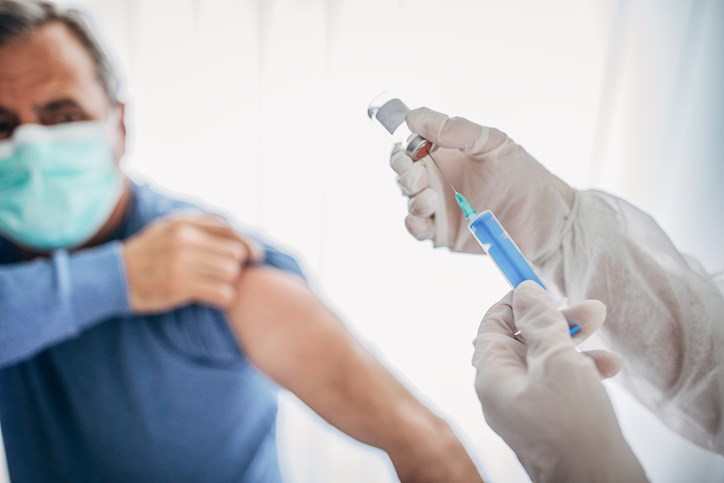Public health made several announcements about the province’s vaccination plan, including the province’s expectation that the entire adult population will have access to a first dose of the vaccine by the end of June this year.
Saskatchewan is expecting deliveries of the Oxford-AstraZeneca COVID-19 vaccine to begin in March, with the first 15,500 doses of the newly-approved vaccine to be provided to residents in the 60-64 age group as well as Phase One priority healthcare workers.
The province has made the decision to include residents aged 60-64 in this phase based on a recommendation from the National Advisory Committee that the AstraZeneca supply be targeted to those under 65 years of age.
Much like the Moderna and Pfizer-BioNTech vaccines, the AstraZeneca vaccine requires two doses, recommended 12 weeks apart, with protective effectiveness of 62 per cent after the second dose.
Administration of AstraZeneca doses will begin on March 22, with vaccines distributed to six major centres in the province. Public health expects to see all of these vaccines given to eligible residents within a week, on a by-appointment basis.
Healthcare workers eligible to receive the AstraZeneca vaccine will be contacted directly by the SHA, while public residents will be able to book by phone.
The province is preparing to launch its phone-in booking system as early as next week, once the system completes final testing. The SHA will be giving residents the option to book appointments for both their doses at the same time, using the online and phone-in platform.
More details on the booking process are expected to be announced soon.
Saskatchewan public health is also expanding the interval window between doses beginning March 5, following recent updates to the National Advisory Committee on Immunization’s (NACI) recommendations.
For vaccines administered after March 5, the allowed interval between the first and second doses will be expanding from one month to up to four months.
The change in policy is being implemented as a reaction to concerns about the limited vaccine supply, as NACI and Saskatchewan public health both agree that jurisdictions should be maximizing the number of people who receive a first dose of vaccine protection.
Increasing the window between doses is expected to speed up the province’s vaccination rate enough to provide the first dose to all adults in Saskatchewan by the end of June.
The delayed second dose strategy will not be applying to longer-term care and personal care residents and staff who have yet to receive their second dose, or any residents with already scheduled second-dose appointments.
On March 3, Premier Scott Moe also hinted that the province may be considering loosening some of the current public health restrictions as early as next week, if active case numbers continue to stay in the current range.
Chief medical health officer Dr. Saqib Shahab also said that officials were open to discussion, but the ultimate decision will rely on the province seeing steady low case numbers and infection rates.
Restrictions that may be on the table include the rules surrounding household contact and the four-week cycle for public health orders, said Shahab, but he felt there is still infection concerns around the province.
“We still need to wait until next week for some decisions,” said Shahab, in a press conference. “On an individual level, [people have done so well for the last twelve months and it would be unfortunate if people were exposed [to COVID] so close to the finish line [of vaccination].”
The current public health orders in place are set for review on March 19.
For more information about the Saskatchewan vaccination plan, visit saskatchewan.ca/COVID19.




